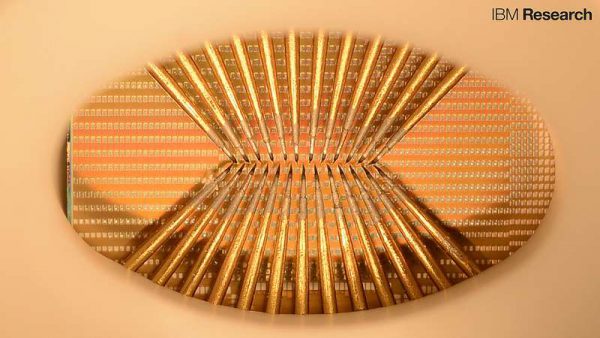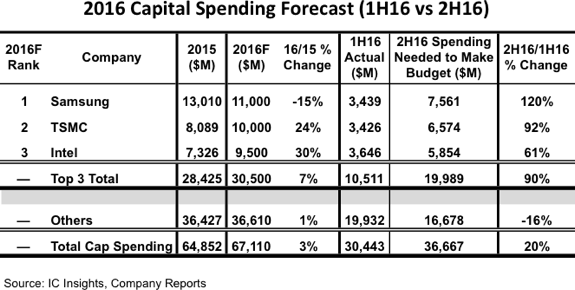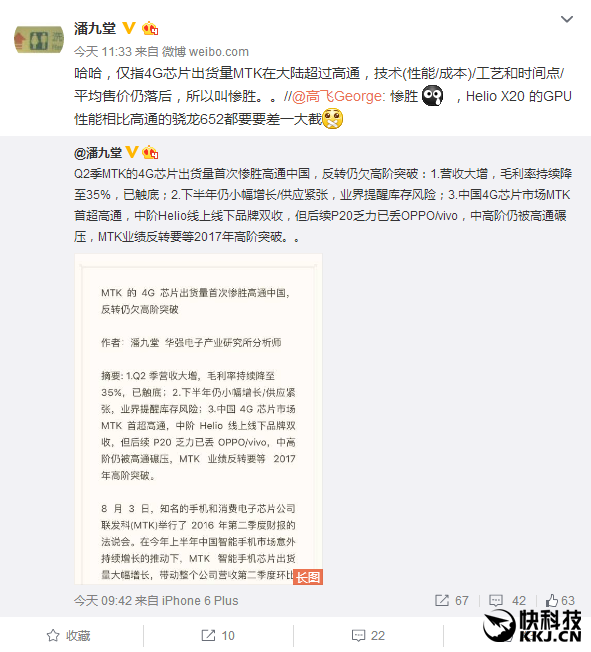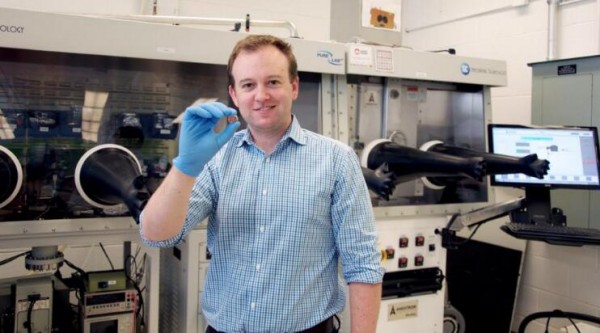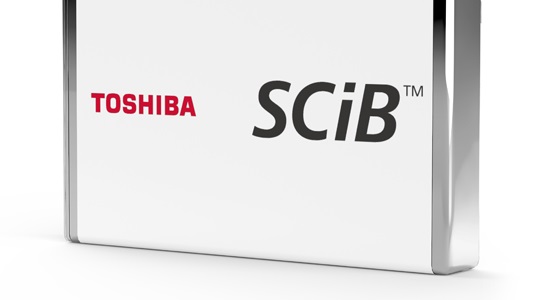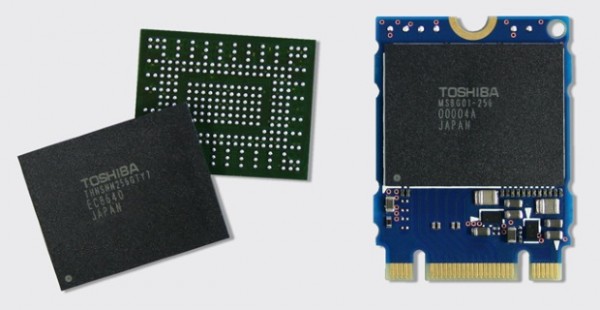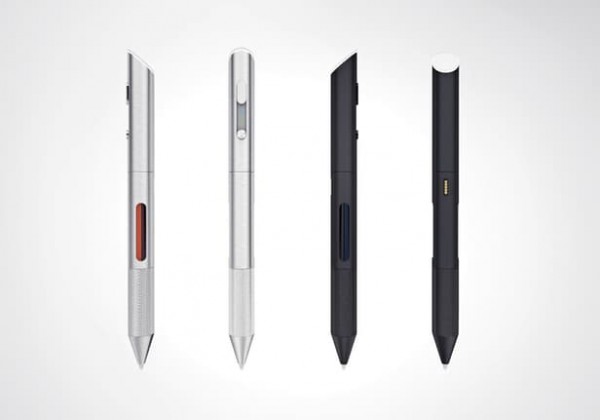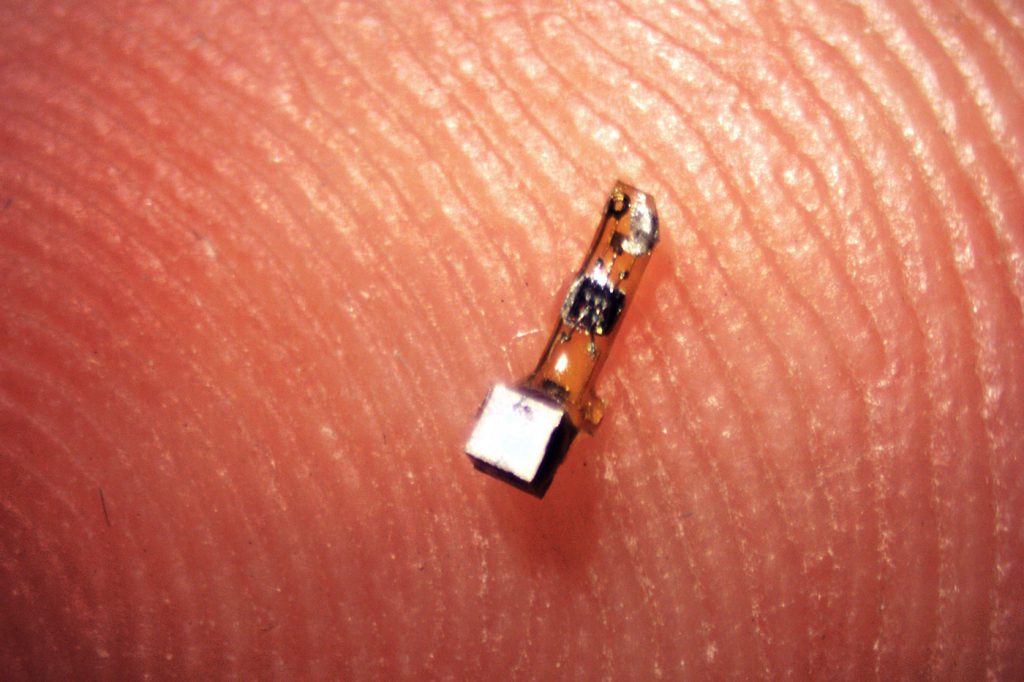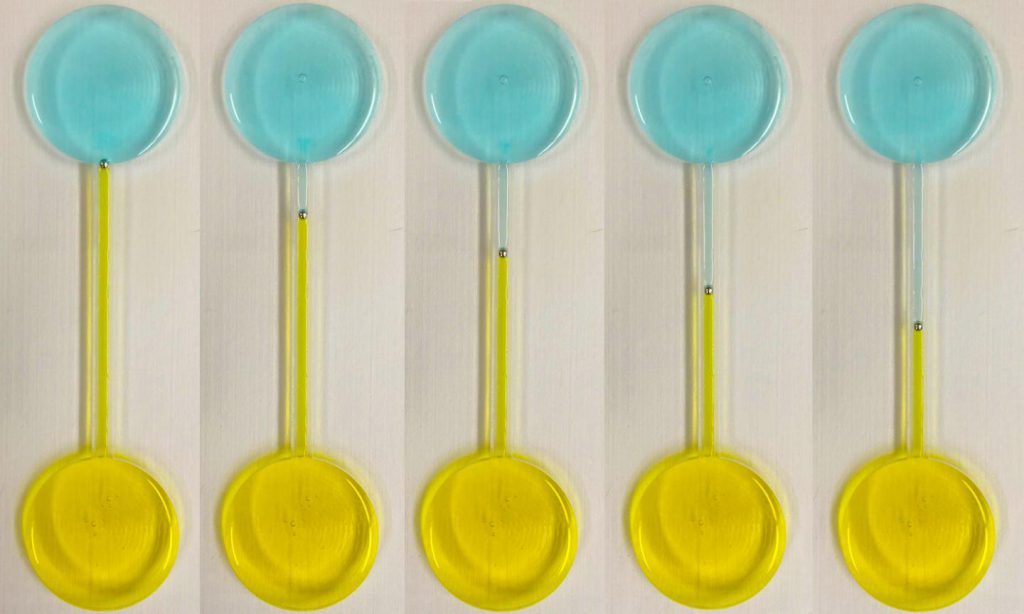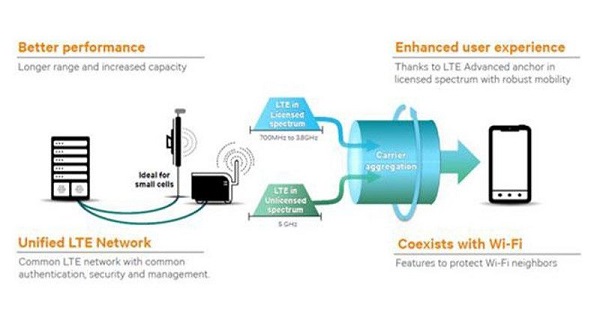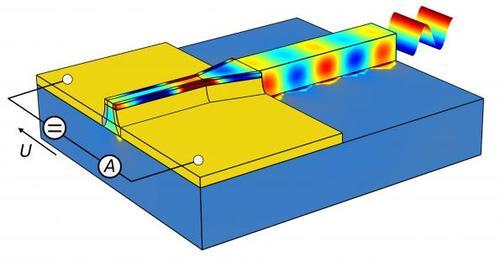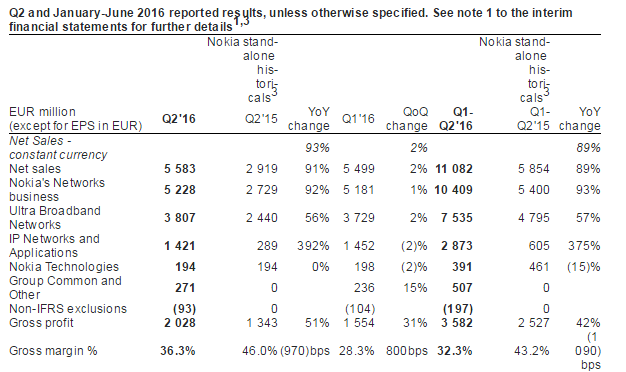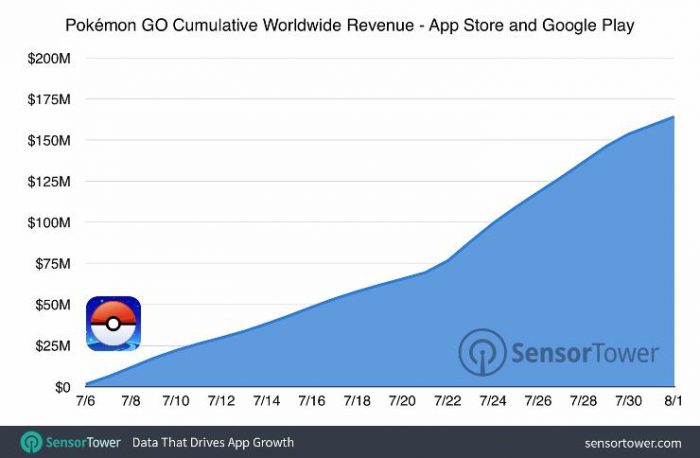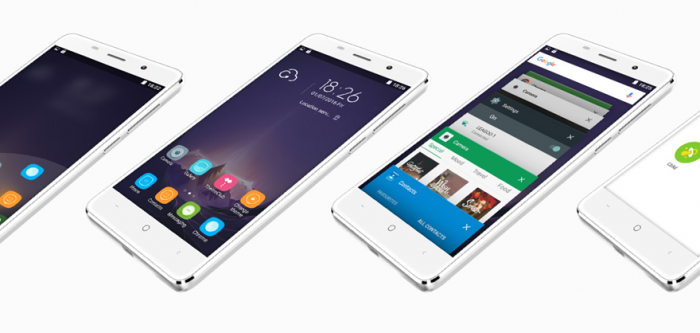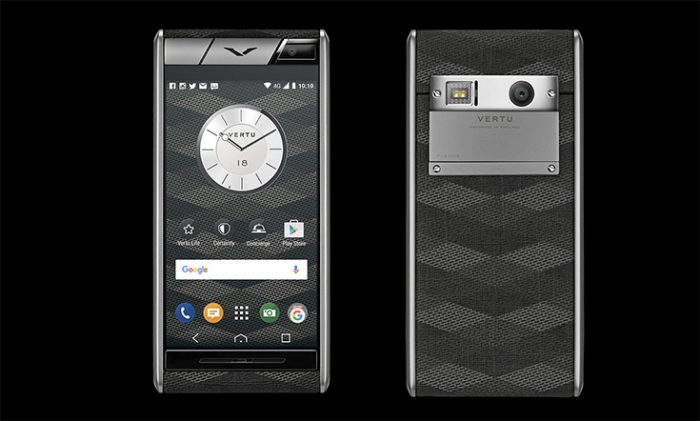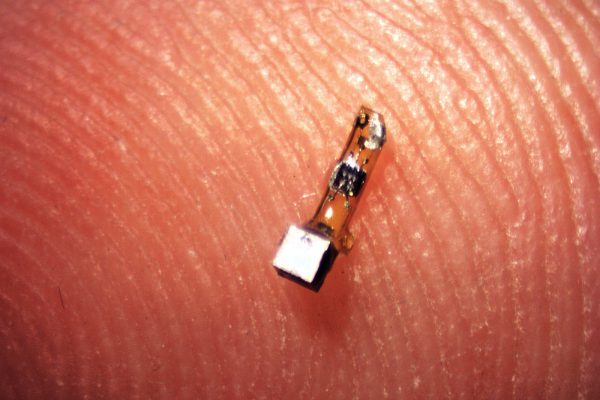
8-5: Gionee’s subrand IUNI files for bankruptcy; Xingfei Technology is acquiring Shenzhen Eastaeon Technology; etc.
|
Chipset |
| IBM has created randomly spiking neurons using phase-change materials to store and process data. This demonstration marks a significant step forward in the development of energy-efficient, ultra-dense integrated neuromorphic technologies for applications in cognitive computing. (CN Beta, Phys, Computer World, Nature) |
| IC Insights forecasts that in total, 2H16 semiconductor industry capital spending is expected to be up 20% over 1H16 outlays. It is driven by the top three spenders—Samsung, TSMC, and Intel—capital spending in 2016 is expected to be heavily skewed toward 2H16. (TechNews, IC Insights, press) |
| According to analyst Pan Jiutang, 2Q16 MediaTek 4G chipset in China shipment exceeded Qualcomm, with increase in revenues but drop in gross margin (to 35%). The 4G performance thanks to Helio P series, but P20 cannot sustain this performance. P20 has already lost orders from OPPO / vivo. (Gizmo China, IT Home, My Drivers) |
| Led by Tsinghua Unigroup, Yangtze River Storage Technology, SMIC, Huawei, ZTE, CAICT, China Standard Software, and in total 27 chipset supply chain main players and academics join together and form “China High End Chipset Alliance”. Its aim is to build “infrastructure—chipset—software—device—system—services” industry eco-system, driving the development of IC. (TechNews, OfWeek, Sohu) |
|
Touch Display |
| Shipments of smartphones by OPPO may fall short of its revised goal of shipping 90-100 million units in 2016 due to insufficient supply of AMOLED panels from Samsung Display, according to Digitimes. Samsung Display is expected to ramp up its AMOLED shipments to China to over 150 million units in 2019 and ship another 290 million units for internal consumption during the same year, Digitimes Research estimated. (Digitimes, press, CN Beta) |
| Because of seasonally very weak demand and the ramping of new capacity in China, flat-panel display (FPD) supply exceeded demand by 20% in 1Q16, the largest glut since early 2012. The market began to rapidly correct itself in 2Q16 and is now trending toward surprising tightness in 2H16. Supply is expected to tighten still further in 2017, according to IHS Markit. (199IT, IHS, press) |
|
Camera |
| Sony will reduce its equipment investment for CMOS image sensors to JPY70 billion (USD691.53 million) in fiscal 2016, while maintaining its sensor production capacity at 70,000 12”equivalent wafers a month during the fiscal year, according to Digitimes Research. (Digitimes, press) |
|
Battery |
| University of Toronto chemists has created a battery that stores energy in a biologically derived unit, paving the way for cheaper consumer electronics that are easier on the environment. It uses flavin from vitamin B2 as the cathode. (CN Beta, Phys, VG News) |
| Toshiba began field tests of its new wireless charging system, designed in collaboration with Professor Yushi Kamiya at Waseda University, in a prototype electric bus that is also equipped with Toshiba’s SCiB lithium-ion batteries. (CN Beta, Insider EVs) |
|
Memory |
| Toshiba has announced a new generation of BG series single-chip SSDs (BG2), with a newer controller and expanded capacity options thanks to the adoption of 3D NAND. It uses Toshiba’s BiCS 3D TLC NAND. (CN Beta, Toshiba, AnandTech, Tech Report, Tweak Town) |
|
Sensory |
| Crongy Pen, from Crongy Inc. claims that it can scan and draw 16 million colors. It contains ink cartridges that let user actually draw these colors that have been scanned. The Cronzy pen is very easy to operate with its built-in “color scanner” in the body of the pen. (CN Beta, Android Headlines, TNW, The Verge, Indiegogo) |
| University of California, Berkeley has developed an early iteration of the sensor that is about the size of a grain of rice. Each sensor has a piezoelectric crystal that can convert ultrasound vibrations into energy. It allows the device to beam back data collected from nerve cells in the brain if it is used to control bionic limbs. (PopSci, Neuron, Engadget, Berkeley, 163) |
|
Material |
| RMIT University in Melbourne is developing self-propelled liquid metals and plans to create elastic electronic components and soft-circuit systems that act more like live cells. (CN Beta, Eureka Alert, CNET) |
|
Connectivity |
| Pressed to make a move after numerous delays, the Wi-Fi Alliance has finally released the latest version of its test plan to ensure the interoperability of LTE-U and Wi-Fi spectrums. However, Qualcomm has issued a thunderous denunciation of the Wi-Fi Alliance’s framework. (CN Beta, Slash Gear, Tech World, Network World) |
| Apple is working on wire-free earbuds built around a custom Bluetooth radio chip that will result in a longer battery life than is possible with traditional Bluetooth chips. The low-power Bluetooth chip comes from technology developed by Passif Semiconductor, a startup Apple purchased in 2013. (CN Beta, Mac Rumors, Yahoo, Forbes) |
| Karlsruhe Institute of Technology (KIT) has developed a novel type of photodetector that needs far less space than conventional ones. The component has a base area of less than one millionth of a square millimeter without the data transmission rate being affected adversely. It is ideal for integration on an integrated circuit. It can also reach a data rate of up to 40Gbps. (EE Times, Phys, EE Focus, Scienmag) |
| Car component supplier Lear plans to develop and ship a unit for its car-maker customers that lets their vehicles communicate with other cars on the road, city infrastructure including connected roads and traffic lights, and with cloud-based services. The part would also be modular, letting OEMs easily install physical upgrades. (TechCrunch, Automotive News) |
|
Smartphones |
| Nokia has posted its 2Q16 Financial results and the two continuing businesses Nokia Networks and Nokia Technologies have raked in EUR332 million operating profit in spite of the sales declining by 11% on a YoY basis. The sales however rose slightly on a QoQ basis. Net sales is EUR5.7 billion. (Reuters, WSJ, Nokia Poweruser, Yahoo, Nokia, JRJ, CN Beta, 10JQKA) |
| UBS analyst Steven Milunovich estimates that the sales of Apple next year’s iPhone 8 could jump close to 20% over the to-be-launched iPhone 7 this year. (CN Beta, Market Watch, Benzinga, Yahoo) |
| Taiwan Apple dealership Data Express announced that the company is authorized by Apple to repair Apple iPhone displays. Its 7 shops in Taiwan could provide iPhone repair service. (CN Beta, 163) |
| Since established in Nov. 2013, Gionee’s subrand IUNI has changed 3 executives, 3 brand positioning. However, the company has filed for bankruptcy. This marks the death of yet another Chinese company. (CN Beta, 163, Huxiu, GizChina, China Topix) |
| Fujian Start Group’s whole subsidy company Xingfei Technology is acquiring Shenzhen Eastaeon Technology for CNY300 million. (Hexun, CS, JRJ, Reuters) |
| Since launching Pokemon Go on July 6, developer Niantic has already racked up more than USD160 million in worldwide net revenue from the game, mobile app analytics firm Sensor Tower reports. (Android Headlines, PC Mag, TNW, Sensor Tower, 91, GK99, TechNode) |
| Leego M5 features bulletproof glass – 5” HD display, MediaTek MT6580A processor, 8MP + 5MP cameras, 2GB RAM, 16GB storage, Android 6.0 (Freeme OS 6.0), 3G, dual-SIM, 2300mAh battery. (SB Wire, Digital Journal, Gizmo China, Leego) |
| Vertu Aster Chevron is one of the cheapest Vertu smartphones to date – 4.7” FHD Sapphire crystal coated display, Qualcomm Snapdragon 801 processor, 13MP + 2.1MP cameras, 2GB RAM, 64GB storage, Android 5.1, 2275mAh battery, starts from GBP3000 / USD4200. (Android Headlines, Phones Review, Mobile Indian, Phone Arena, Vertu) |
|
Wearables |
| HTC announced that it will begin working with third party developers and hardware makers to expand the accessories and peripherals ecosystem for the HTC Vive. It is making its positional tracking technology SteamVR Tracking royalty free. (Slash Gear, Yahoo, Tech Radar, Android Headlines, VRSAT) |
